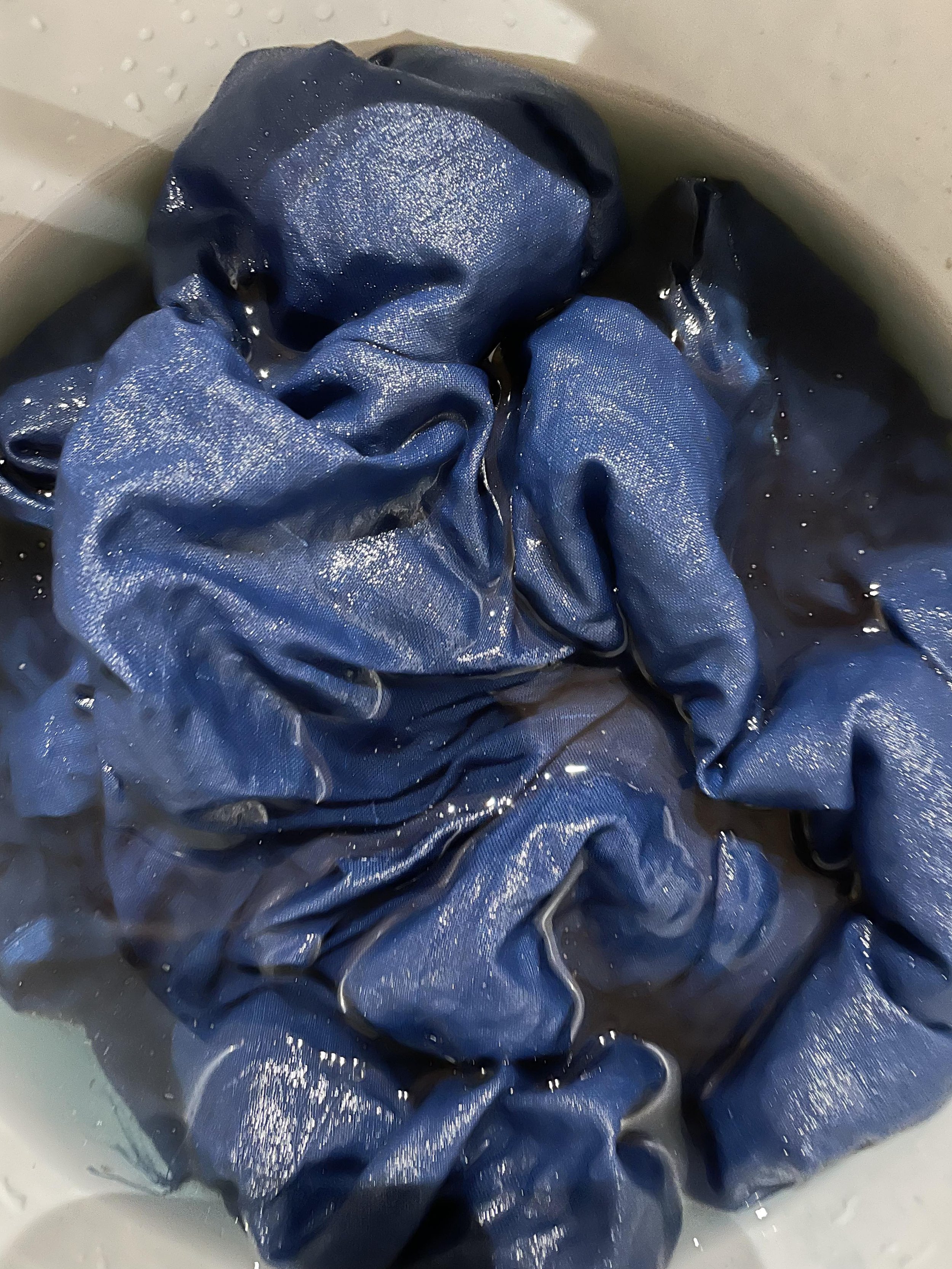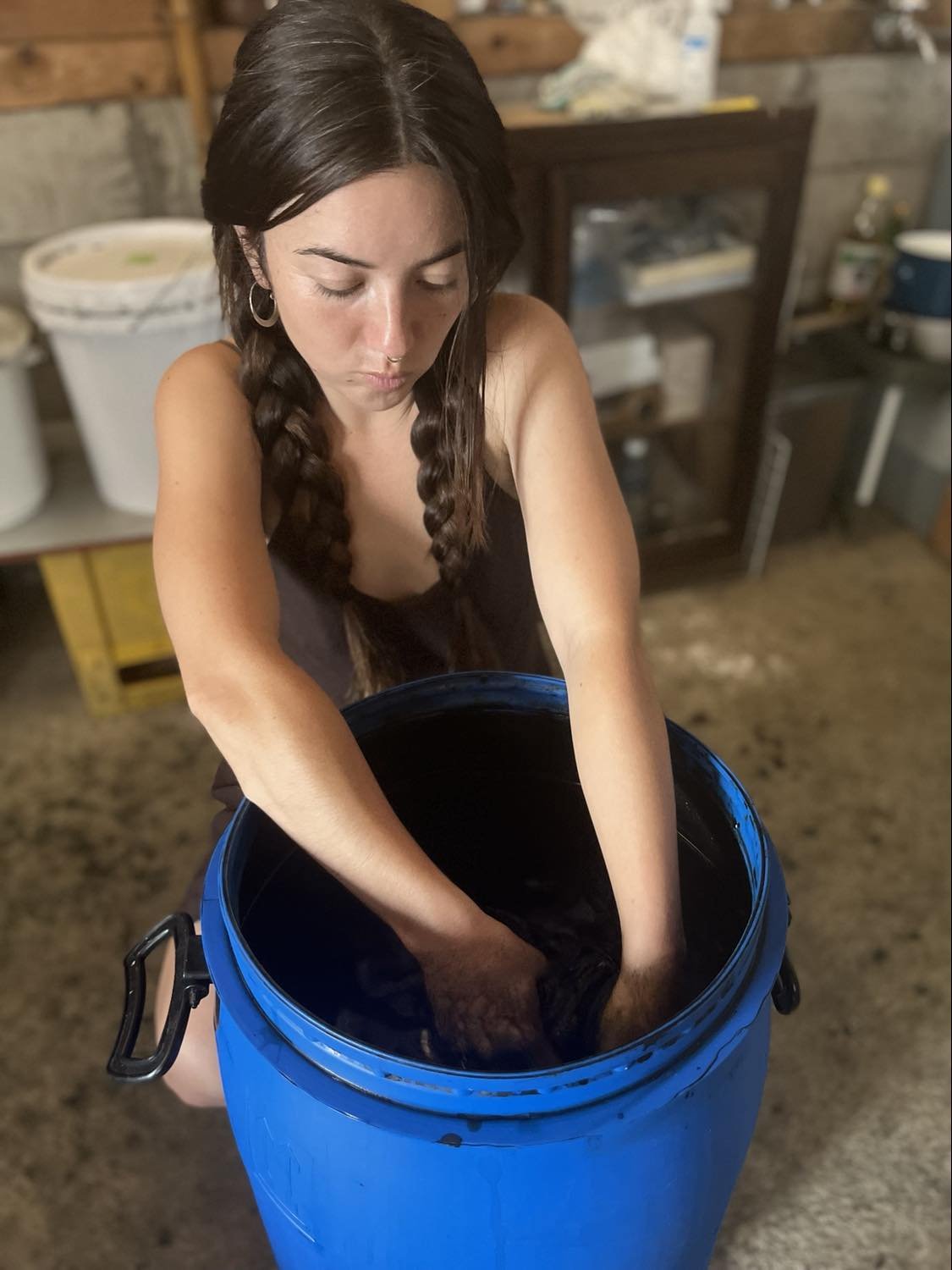

WILD EDIBLE PLANTS OF JAPAN
by ainisomatte x kamado stories
WHAT IS A FUROSHIKI?
The furoshiki is a Japanese traditional square cloth that has been used for wrapping and carrying for over a thousand years. It began with the aristocrats but quickly caught on as a functional tool for the working class to bundle and transport things around.
Its name furo = bath, shiki = spread, comes from its past use in the bath houses. People would stand on their furoshiki as a mat while undressing, and wrap their clothes with it while bathing.
Today, with its multitude of ways to fold & tie, it is a piece of textile where beauty meets function.
INDIGO DYEING
Our furoshiki are dyed using natural indigo ( 藍 ai ) using a traditional Japanese method.
It involves a 15-months long process, where the indigo plants are grown from seed, the fields maintained, leaves harvested, dried, then transformed into dye-stuff (蒅 sukumo) through the magic of fermentation. Finally, the sukumo is used to create a living, bubbling, all-natural vat that requires daily tending to, such as feeding it wheat bran or ash made from shellfish. This color blue was created by Melanie (ainisomatte) and the microbiome that surround her and her indigo fields located in Okayama, Japan.
For more information on Melanie and her work visit: www.ainisomatte.net / @ainisomatte
























DESIGN & PRINTING PROCESS
The design of this furoshiki represents the wild edible plants of Japan (sansai 山菜) , commonly found through out the year - starting in early spring. In Japan, sansai dishes are not a niche interest, but something that is woven into the everyday culture of the people and enjoyed by many.
Sansai recipes give people the opportunity to feel the changing seasons, right in our home kitchens. Regardless of where we may live, in the city or the country side, it can ground us to our surrounding landscapes and its cyclical nature. Monica (kamado stories) created this design out of the desire to share knowledge on wild foods, and the stories that the people here and the plants themselves carry.
The stencils for the design were hand-cut, then used to apply a discharge glue (one cloth at a time) to create the impression on fabric. Due to the ephemeral quality of the stencil paper, we are only able to make a limited quantity of prints.
No two prints look alike, each unique, perfectly imperfect made with our hands.















We are pleased to present to you these limited run textile pieces,
made slow with our hands,
starting from seed
.










